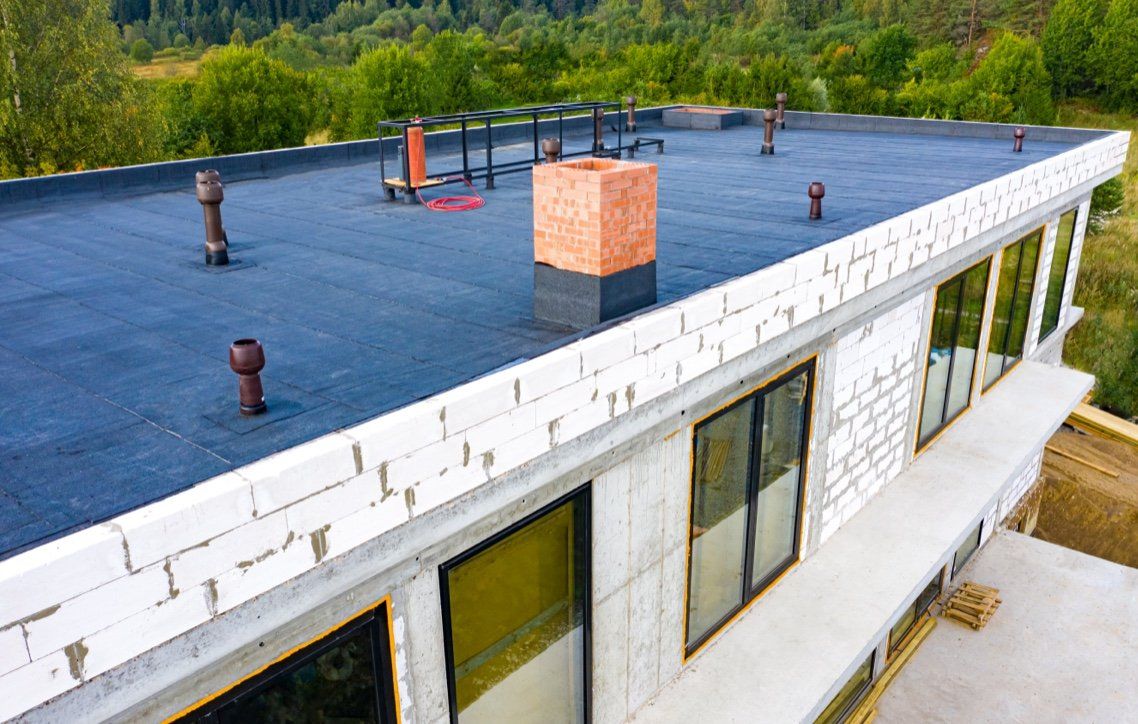Trying to decide between a flat or sloped roof? Each has its perks, but your decision should be based on your requirements, budget, and design preferences. Let’s dive into the differences between flat and sloped roofs and see which one suits you best.
Flat vs. Sloped Roofs: A Comparison
Understanding Flat Roofs
- Pros: Cost-effective, easy to construct, and great for additional space like HVAC units or rooftop gardens.
- Drawbacks: Flat roofs require frequent upkeep to prevent water from pooling and can develop leaks if not properly maintained.
Sloped Roofs
- Pros: Sloped roofs are great for water drainage, they are durable, and they often look more appealing.
- Cons: Sloped roofs involve higher initial costs and require more intricate construction techniques.
Understanding the Truth About Flat Roofs
Contrary to popular belief, flat roofs aren’t truly flat. They have a subtle slope for water drainage. Flat roofs can be just as durable as sloped ones with the right materials and maintenance.
Choosing Between Flat and Sloped Roofs: What You Need to Know
Here are the key factors to consider when choosing between flat and sloped roofing:
- Financial Considerations: Flat roofs are generally less expensive initially, while sloped roofs offer long-term savings through durability and lower maintenance costs.
- Types of Materials Used: Flat roofs often rely on materials like EPDM or TPO, while sloped roofs commonly use asphalt shingles, tiles, or metal.
- Building Design: When choosing between flat or sloped roofs, think about the architecture of your building, the local climate, and its intended purpose. Flat roofs are great for modern designs, while sloped roofs work well in areas prone to heavy rainfall or snow.
Why Choose Weathercraft for Your Roofing Needs
Weathercraft offers expert roofing solutions for both flat and sloped roofs. We work closely with you to recommend the best options based on your design preferences, budget, and local climate. We ensure top-notch materials and craftsmanship for every project.
